1/ I’ve signed up with Alcor, a cryopreservation company. As part of that, I get a quarterly magazine. The last one was a profile of Hal Finney.
It offers an incredible new view into his personal life, ideals, and perpetual optimism, even against certain death.
A must read https://abs.twimg.com/emoji/v2/... draggable="false" alt="👇" title="Down pointing backhand index" aria-label="Emoji: Down pointing backhand index">
https://abs.twimg.com/emoji/v2/... draggable="false" alt="👇" title="Down pointing backhand index" aria-label="Emoji: Down pointing backhand index">
It offers an incredible new view into his personal life, ideals, and perpetual optimism, even against certain death.
A must read
2/ Everything from here is a copy paste from the article:
Though widely known for his pioneering professional achievements across cyberspace and tech circles, Hal’s daily life paints a much more nuanced portrait. He was a devoted husband, father, accomplished Renaissance man.
Though widely known for his pioneering professional achievements across cyberspace and tech circles, Hal’s daily life paints a much more nuanced portrait. He was a devoted husband, father, accomplished Renaissance man.
3/ SoCal Roots
Harold Thomas Finney was born in the spring of 56& #39; in the small town of Coalinga, California. Hal’s father… was a long time employee of Union Oil of California… which supported the family’s relocation to a number of different places throughout his lifetime.
Harold Thomas Finney was born in the spring of 56& #39; in the small town of Coalinga, California. Hal’s father… was a long time employee of Union Oil of California… which supported the family’s relocation to a number of different places throughout his lifetime.
4/ As was traditional for many families in the 1950s, Mrs. Finney supported her husband and children as a full-time homemaker. By 1957, they were a family of five, with Hal being the third of four children.
5/ The [brothers] were born so close together that they were often mistake for twins… Hal admired his [brother’s] mischief and occasionally partook, but ultimately hewed his own identity through his more earnest personality, dedicated to school, and penchant for mental puzzles.
6/ The roots of his later work as a developer and privacy advocate reached as far back as elementary school. He would create analog codes with letters and numbers for written materials found in something as innocuous as a paper booklet.
7/ Computers weren’t prevalent in schools until the 1980s, but Hal’s high school in Arcadia was lucky to have a few of the earliest versions. The administration used punch cards in combination with FORTRAN to digitally store simple data such as student attendance records.
8/ Somehow, Hal made his interest known to the school, and they entrusted him to help with some of their calculations. It wasn’t uncommon for his fellow classmates to see him walking the halls with a stack of stiff, rectangular, perforated cards in hand.
9/ Hal graduated from Arcadia High School in 1974 as valedictorian of his class with near perfect SAT scores and a spot at the prestigious California Institute of Technology.
10/ His intelligence was obvious enough, but maybe less apparent, given these achievements and a subdued, independent personality, was his attraction to more unstructured and spontaneous adventure. As one such activity he came to excel in skiing during his teenage years...
11/ .... to more distant resorts in places like Salt Lake City, to local snowpack in the nearby San Gabriel Mountains. Not only could he tackle the exceptionally steel slopes of the double black diamond trails, but his agile frame could land aerials in the powder as well.
12/ Standing out at Caltech
He initially pursued his BS in math, eventually transitioning to engineering. At the time there, there was no corresponding degree for computer programming - his true passion - so he made do by taking all the programming classes that he could.
He initially pursued his BS in math, eventually transitioning to engineering. At the time there, there was no corresponding degree for computer programming - his true passion - so he made do by taking all the programming classes that he could.
13/ “Humanities classes were required at Caltech but Hal tended to avoid them. ‘He was into ideas, concepts, learning for the pleasure of it. He attended the classes he enjoyed, and just took the exams for the ones he felt were a waste of his time.’ Says his wife, Fran.”
14/ Fran and Hal met less than a month into Hal’s 1st semester, during the so-called “rotation week” on-campus. The closest that a... technical school could come to anything resembling hazing... was a string of days where upperclassmen would assert dominance over the freshmen.
15/ Hal was in the midst of it - quite literally - when he first caught Fran’s eye. A gifted mind herself, who graduated from high school a year early, Fran was already a junior at the time. “I saw him in the middle of being lifted and carried by [upperclassmen],” she recalls.
16/ "There was a certain toughness and strength to him that felt curiously atypical for the average Techer. As fate would have it, they needed up living in the same dorm, and instantly struck up a friendship."
17/ Hal ran in Caltech’s 24-hour relays, where teams of runners would take turns running a mile, handing off a baton between one runner and the next, for a full day.
18/ He was also an enthusiastic participant in the impromptu steeplechases... a handful of students would group together to run a few miles of neighborhood terrain, creating an improvised obstacle course with bushes, fences, and other common features of suburbia. [aka Parkour]
19/ Though Hal frequently participated in these more informal physical activities... they were not eligible for PE credit... students had to attend class in order to pass the course; they couldn’t ace a final exam in lieu of attendance as Hal so often did.
20/ So bothered was Hal by the PE policy, that he didn’t attend class, confident that he could appeal it with the administration. In the end however, his appeal was denied, and he had to enroll for a fifth year at Caltech in order to fulfill this lingering requirement.
21/ As much as the PE saga may have suggested a level of obstinacy about Hal, he was a humble person and confirmed Libertarian who valued a life of reason and freedom (barring harm to others).
22/ These values shaped many of his exchanges with other students, garnering the attention of many - not just his wife-to-be. “People would cluster around and get into all these philosophical discussions,” says Fran of their college days together...
23/ “and the things he said were just so thought-provoking, so interesting. He always had good arguments to back up anything that he was proposing… I admired that. It was really clear that he was bright...There are some people at Tech that stand out. Hal was one of them.”
24/ On top of his thoughtful approach to debate and conversation among cohorts, Hal also distinguished himself through his patient attentiveness. “He certainly spent more time listening in general than talking,” says Fran.
25/ “When he spoke, what he said was usually worth listening to.” After she graduated in 1976, their friendship developed into a romance that would last more than 30 years. In 1979, after Hal’s fifth and final year at Caltech, they wed in San Diego park near Fran’s family’s home.
26/ From student to cryptographer
He landed his first job in the summer of 1978 with APh, a small engineering firm founded by classmates.. four years prior. By that time, the company was well into a notable contract with Mattel for the design of their Intellivision system.
He landed his first job in the summer of 1978 with APh, a small engineering firm founded by classmates.. four years prior. By that time, the company was well into a notable contract with Mattel for the design of their Intellivision system.
27/ During his tenure with APh, Hal worked on Intellivison’s Space Battle and Star Strike, as well as the Atari Computer System’s (VCS), Adventures of Tron, Astroblast, and Space Attack to name just a few.
28/ Hal: “I never really thought of myself as primarily a games programmer. I was more of a general purpose Assembly language developer” alluding to a few of his other APh projects.. cash registers, A Bausch and Lomb spectrometer, and special effects camera control software.
29/ After APh, Hal developed operating systems with Ametek for a few years until he and his family relocated to Santa Barbara in 1991, where he worked for Greenhill Software developing compiler code generators and optimizers.
30/ Family Life
“Hal was a very easygoing father,” says Fran. “But he was very appreciative and proud of the fact that the kids allowed him to be that way.” Having instinctively well-meaning children freed Hal to make the most of his strengths to bring whimsy to their lives.
“Hal was a very easygoing father,” says Fran. “But he was very appreciative and proud of the fact that the kids allowed him to be that way.” Having instinctively well-meaning children freed Hal to make the most of his strengths to bring whimsy to their lives.
31/ For example, he designed a program that matched letters with pictures - “C” for “Cow” and so on - to help Jason learn the alphabet and sound out words.
32/ It was only when they received a disgruntled call from their son’s kindergarten complaining about the disruptive nature of parents teaching their children how to read ahead of time... Jason had applied the knowledge from the simple computer game to read the daily newspaper.
33/ He spiced up family gatherings with magic shows of his own design, awning generations with his disappearing ghost and guess-your-domino acts. Hal was also an amateur astronomer who, together with his wife, Fran, named their children and dogs after celestial bodies.
34/ Needless to say, the Finney’s were early adopters of all things online. When the World Wide Web became publicly available in 1991, they were already signed up with Prodigy (the second most popular online service provider, next to CompuServe), which they had engaged in 1990.
35/ Cypherpunks
Around that time, Hal became quite active with the cypherpunks... His personal website included a few pieces that he wrote for publication on their electronic mailing list on the subjects of digital cash, the politics of privacy, anonymous remailers...
Around that time, Hal became quite active with the cypherpunks... His personal website included a few pieces that he wrote for publication on their electronic mailing list on the subjects of digital cash, the politics of privacy, anonymous remailers...
36/ In fact, Hal ran the first cryptographically-based anonymous remailer - a server that can receive and send messages to (a) particular recipient (s) through embedded instructions without betraying their source.
37/ While Hal was making a name for himself in cryptography circles at home, veteran software engineer, Phil Zimmerman, approached him about a pro-bono opportunity. Hal would develop early versions of Zimmerman’s encryption program, called Pretty Good Privacy (PGP).
38/ He initially spent his nights writing code for free since he believed in the cause
“PGP software is used by freedom fighters and journalists all over the world...to keep their notes confidential if their laptops get confiscated or if their e-mail is eavesdropped"
@gladstein
“PGP software is used by freedom fighters and journalists all over the world...to keep their notes confidential if their laptops get confiscated or if their e-mail is eavesdropped"
@gladstein
39/ Little did he know, it was destined to become the most popular email encryption software across the global following its 1991 release (receiving lifetime achievement award). Hal’s skills helped paved the way for Zimmerman to secure financial backing for a commercial version.
40/ In 1996, he founded PGP Inc, and Hal became its Senior Software Engineer. Hal stayed with the company, which became Network Associates, Inc., then PGP Corporation, and then Symantec through a series of acquisitions, until he retired in early 2011.
41/ In the interim, Hal continued to follow his curiosity through the realm of cryptography, developing the first reusable proof-of-work system in 2004. He presented it at a conference in San Francisco in 2005 after practicing his delivery with Fran in the days leading up to it.
42/ “Here we are faced with the problems of loss of privacy, creeping computerisation, massive databases, more centralisation and Chaum offers a completely different direction to go in, one which puts power into the hands of individuals rather than governments and corporations"
43/ ...Finney wrote in 1992. “The computer can be used as a tool to liberate and protect people, rather than to control them.”
44/ Introducing Bitcoin
In early 2009, Jason noticed his father’s computer processor running 24-7 at full speed. “He mentioned that he was helping someone test a kind of prototype online cash system.That was how he thought of it. It wasn’t real, it was a test for a prototype.”
In early 2009, Jason noticed his father’s computer processor running 24-7 at full speed. “He mentioned that he was helping someone test a kind of prototype online cash system.That was how he thought of it. It wasn’t real, it was a test for a prototype.”
45/ Hal’s perspective on those first few days is one of humbling attention to process and detail. In a Bitcoin Forum post on March 19, 2013, he writes: “When Satoshi announced the first release of the software, I grabbed it right away.
46/ “I think I was the first person besides Satoshi to run bitcoin. I mined block 70-something, and I was the recipient of the first bitcoin transaction, when Satoshi sent 10 coins to me as a test. I carried on an email conversation with Satoshi over the next few days”
47/ “Today, Satoshi’s true identity has become a mystery. But at the time, I thought I was dealing with a young man of Japanese ancestry who was very smart and sincere. I’ve had the good fortune to know many brilliant people over the course of my life, so I recognize the signs.”
48/ “After a few days, bitcoin was running pretty stably, so I left it running. Those were the days when difficulty was 1, and you could find blocks with a CPU, not even a GPU. I mined several blocks over the next days...
49/ ...But I turned it off because it made my (IBM desktop PC) run hot, and the fan noise bothered me. In retrospect, I wish I had kept it up longer, but on the other hand I was extraordinarily lucky to be there at the beg. It’s one of those glass half full half empty things"
50/ Given his tame description from above, it makes sense that Hal was surprised by the success of Bitcoin. Jason recalls, “[My father] was kind of shocked later when it turned out that Bitcoin actually started to have value.”
51/ His mother agrees, explaining that, “I think it was kind of Hal’s perspective as well. ‘This is cool. This is a fun game. Look! This is actually working! Some of my ideas might be useful someday.’”
52/ Once Bitcoin took off...Hal’s excitement inspired a Bitcoin Christmas of sorts... [he found] bitcoin retailers to gift something to each of his family members. For Fran, he found an Alpaca wool socks that would forever be known in their house as her “bitcoin socks.”
53/ A difficult diagnosis
Before they even had kids, Fran and Hal began running 5k road races together for fun… Around 2008, to ward off the effects of aging, Hal began to push towards half-marathons, and eventually marathons.
Before they even had kids, Fran and Hal began running 5k road races together for fun… Around 2008, to ward off the effects of aging, Hal began to push towards half-marathons, and eventually marathons.
54/ He had his eye on the 2010 Boston Marathon but needed to run a qualifying marathon in order to enter, so in late 2008 he signed up for the spring 2009 LA Marathon… around mile 13... he cramped up badly and had to quit..[which] was strange given Hal’s training and preparation
55/ A similar episode occurred in cycling not too long after. Hal was a strong cyclist, who even had some triathlon experience. At one point, he and Fran decided to celebrate their anniversary by bicycling the equivalent of their married years in miles.
56/ When their kids were old enough to stay home alone, they even expanded their nuptial tradition by launching their ride from the famous Madonna Inn in San Luis Obispo, where they’d overnight in Hal’s favorite room - the Caveman Room.
57/ In July 2009, 30 years after they tied the knot back in San Diego, he fatigued before they hit the mark on their ride. “We should’ve been able to do the 30 miles,” says Fran. “It should’ve been really easy, but he couldn’t do it… One week later he got his official diagnosis.
59/ ALS is a progressive degenerative disease that causes the neurons controlling voluntary muscles - muscles that are usually attached to the skeleton - to die. As the disease advanced, actions like speaking, eating, moving, and eventually breathing, become increasingly impaired
60/ An ALS diagnosis is far from desirable news that can understandably cause unrest, depression, or indifferences. Hal became paralyzed, dependent on tubes for feeding and breathing assistance, and using a speech synthesizer and commercial eye tracker system to communicate.
61/ Yet, when he shared his diagnosis as part of the aforementioned post in a Bitcoin Forum, he still sowed immense resilience, gratitude, and inventiveness. “Even with the ALS, my life is very satisfying,” he wrote…
62/ after noting the interface that he created to help control his wheelchair position with his eyes, and the project he was tackling to harden Bitcoin wallets. Despite his admittedly slower pace, he added “... I still love programming and it gives me goals.”
63/ On his last ski trip Hal reflected: “It’s kind of nice in a way that you know it, you mentally say goodbye as you enjoy it. So that makes it a little easier.”
64/ “You think about not being able to walk, not being able to run ... yeah, I miss that, but really with the wheelchair I can get around pretty well,” he said. “Fran takes me out on the runs, too ..."
65/ “Until the end he continued to work and get around the house — or take the bus to do research at UCSB — in his motorized wheelchair.”
66/ Cryonics in the long term
A long-time atheist, Hal had already read Robert Ettinger’s seminal book “The Prospect of Immortality,” and started following cryonics by his freshman year of college.
A long-time atheist, Hal had already read Robert Ettinger’s seminal book “The Prospect of Immortality,” and started following cryonics by his freshman year of college.
67/ “He was not afraid of death,” Fran recalls from their early conversations about it. They were a perfect complement in this regard, as death topped her own personal fear list. “At the point where I met Hal, I didn’t even want to think about death. I was terrified of death.”
68/ Years into their marriage, it was Hal who convinced her to consider cryonics more in terms of its longer-term potentiality, to consider the advances that might come in the years prior to their own cryopreservations.
69/ From there, the couple made their decision official. On October 15th, 1992, in their thirteenth year of marriage, they drove out from their new home in Santa Barbara to the organization’s then-location in Riverside to sign the final membership paperwork.
70/ Twenty years later, their decision that October day became more meaningful than they had anticipated. Hal’s ALS had rapidly progressed, affecting not just his body, but mind as well.
71/ “It’s not a normal kind of dementia,” says Fran, “but the brain is involved. Hal felt that it was affecting his ability to do his fast thinking, to do his mental math. He felt like he was losing that, and he would lose more.”
72/ The couple decided that when he could no longer communicate with friends and family, even with his many technological aids, that this would be his moment of transition...
73/...they would fly to Scottsdale, support of vital functions would end, and his body would be allowed [to] cease function independently before a swift cryopreservation. That time arrived on August 26, 2014. Two days later, he became Alcor’s 128th patient.
74/ An Optimistic Futurist
As many of Hal’s friends and family can attest, he was very optimistic futurist, who wholeheartedly supported change - yet another reason why cryonics held such appeal.
As many of Hal’s friends and family can attest, he was very optimistic futurist, who wholeheartedly supported change - yet another reason why cryonics held such appeal.
75/ He was excited by many technological potentialites of the future, like nanotechnology, the Singularity, Artificial Intelligence, and mind uploading.
76/ In Fran’s own words:
“I know Hal wanted to be around. He wanted to experience the future. He was very excited about change... It seemed like he was happier with each and every change. Each change was great! He embraced it, and he was always looking forward to more.
“I know Hal wanted to be around. He wanted to experience the future. He was very excited about change... It seemed like he was happier with each and every change. Each change was great! He embraced it, and he was always looking forward to more.
77/ Coding slowly ceased to be an option for Finney. Yet he kept his belief, to the end, that there would still be another chance.
78/"I think that was a lot of his motivation for getting involved with cryonics in the first place. He just wanted to be able to see what the world turned into, because it was going to be such an amazing, wondrous place.” - Fran
79/ "As Fran puts it so succinctly, & #39;He did not believe in God. he believed in the future.& #39;"
And in this moment when Coronavirus is wrecking havoc on our economies, bodies, and society, let& #39;s look to Hal and tap into his eternal source of optimism for the future.
#Bitcoin https://abs.twimg.com/hashflags... draggable="false" alt="">
https://abs.twimg.com/hashflags... draggable="false" alt="">
And in this moment when Coronavirus is wrecking havoc on our economies, bodies, and society, let& #39;s look to Hal and tap into his eternal source of optimism for the future.
#Bitcoin
80/ Please help the fight against ALS by donating to this website run by @bitcoin4als (permission given by @franfinney) https://didyouknowcrypto.com/hal/ ">https://didyouknowcrypto.com/hal/"...
81/ If you enjoyed this tweet storm, please sign up for my e-mail newsletter for more content from me! https://mailchi.mp/ca3cc78b7576/thehedlnewsletter
Or">https://mailchi.mp/ca3cc78b7... check out my blog http://danheld.com/blog ">https://danheld.com/blog"...
Or">https://mailchi.mp/ca3cc78b7... check out my blog http://danheld.com/blog ">https://danheld.com/blog"...
82/ If you’re interested in cryonics, or would like to read the original article, please check out Alcor and the original magazine
https://www.alcor.org/cryonics/Cryonics2019-2.pdf
https://www.alcor.org/cryonics/... href=" http://www.alcor.org"> http://www.alcor.org
https://www.alcor.org/cryonics/Cryonics2019-2.pdf
83/ I spent a little extra time weaving additional content into this thread which is sourced here:
https://www.noozhawk.com/article/101710_hal_finney_als">https://www.noozhawk.com/article/1... #axzz3CbLkKWxj">https://www.ft.com/content/17270b14-3429-11e4-b81c-00144feabdc0 #axzz3CbLkKWxj">https://www.ft.com/content/1...
https://www.noozhawk.com/article/101710_hal_finney_als">https://www.noozhawk.com/article/1... #axzz3CbLkKWxj">https://www.ft.com/content/17270b14-3429-11e4-b81c-00144feabdc0 #axzz3CbLkKWxj">https://www.ft.com/content/1...

 Read on Twitter
Read on Twitter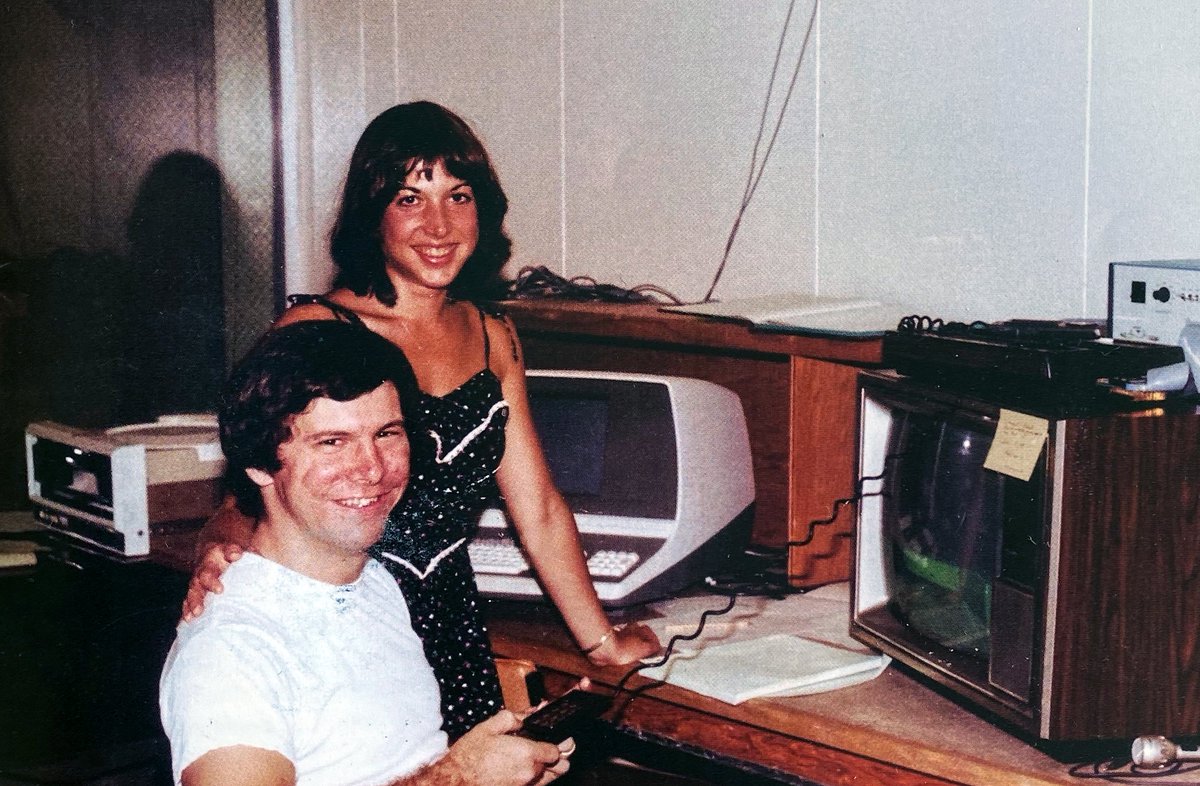 " title="1/ I’ve signed up with Alcor, a cryopreservation company. As part of that, I get a quarterly magazine. The last one was a profile of Hal Finney.It offers an incredible new view into his personal life, ideals, and perpetual optimism, even against certain death.A must readhttps://abs.twimg.com/emoji/v2/... draggable="false" alt="👇" title="Down pointing backhand index" aria-label="Emoji: Down pointing backhand index">" class="img-responsive" style="max-width:100%;"/>
" title="1/ I’ve signed up with Alcor, a cryopreservation company. As part of that, I get a quarterly magazine. The last one was a profile of Hal Finney.It offers an incredible new view into his personal life, ideals, and perpetual optimism, even against certain death.A must readhttps://abs.twimg.com/emoji/v2/... draggable="false" alt="👇" title="Down pointing backhand index" aria-label="Emoji: Down pointing backhand index">" class="img-responsive" style="max-width:100%;"/>
![5/ The [brothers] were born so close together that they were often mistake for twins… Hal admired his [brother’s] mischief and occasionally partook, but ultimately hewed his own identity through his more earnest personality, dedicated to school, and penchant for mental puzzles. 5/ The [brothers] were born so close together that they were often mistake for twins… Hal admired his [brother’s] mischief and occasionally partook, but ultimately hewed his own identity through his more earnest personality, dedicated to school, and penchant for mental puzzles.](https://pbs.twimg.com/media/EUXlYp1U8AEnh9s.png)
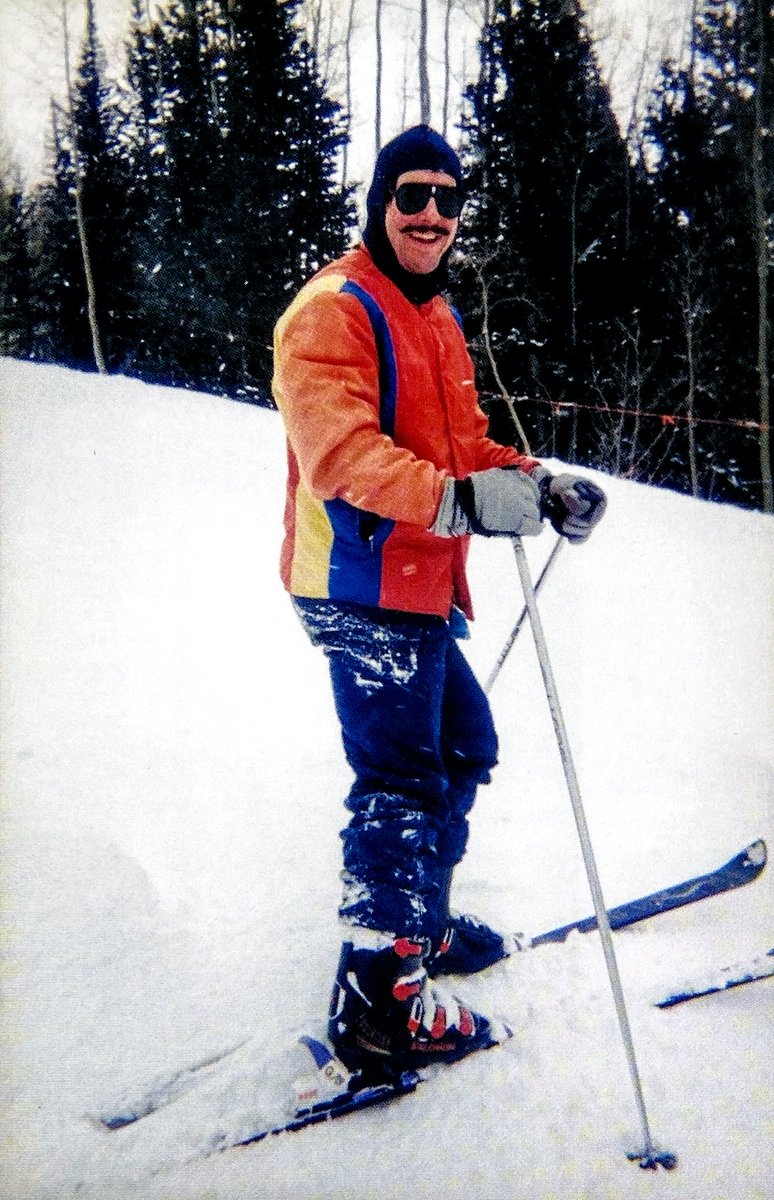

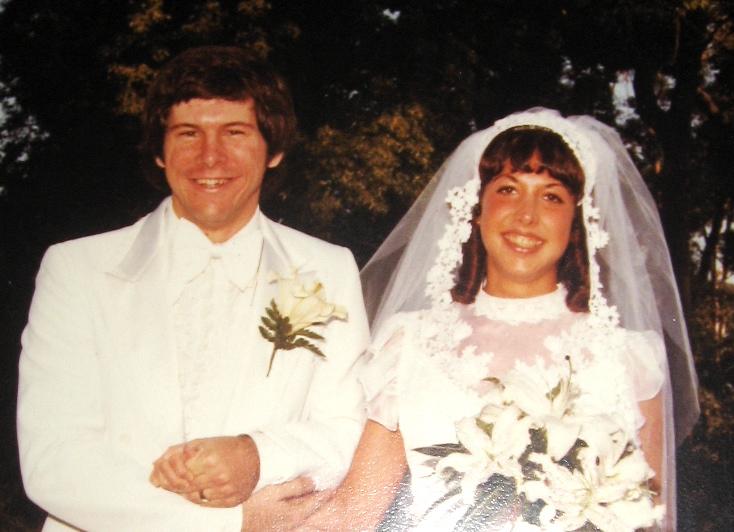
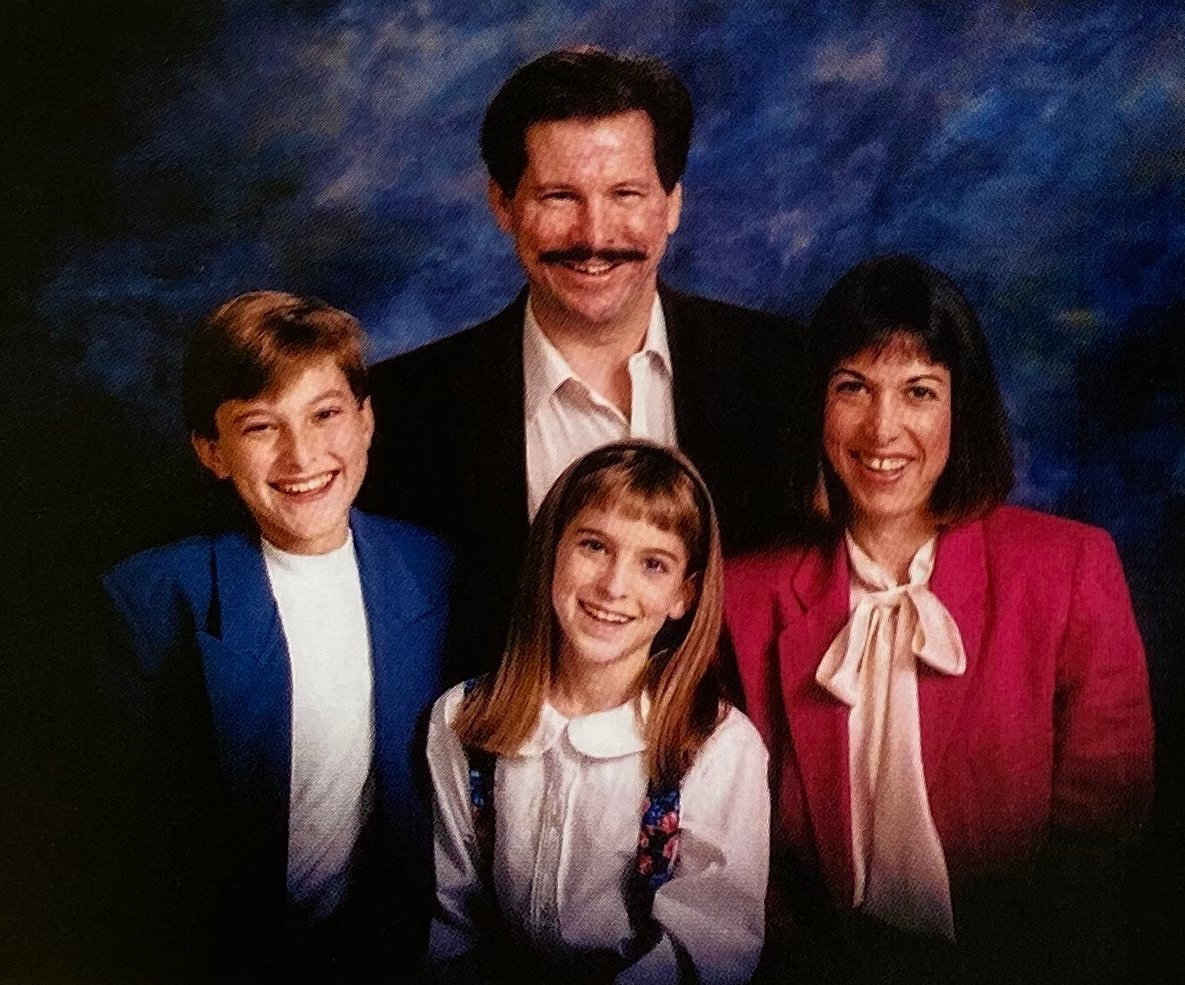

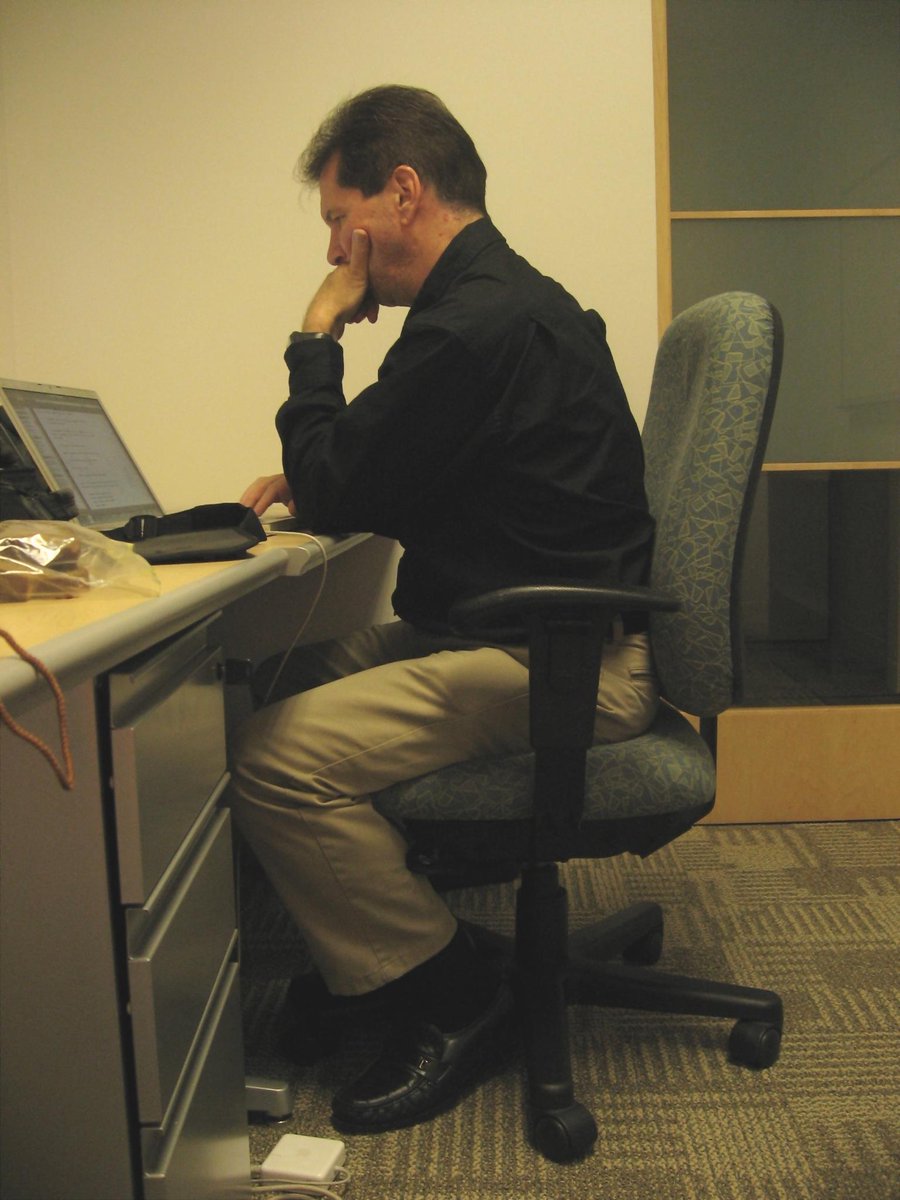
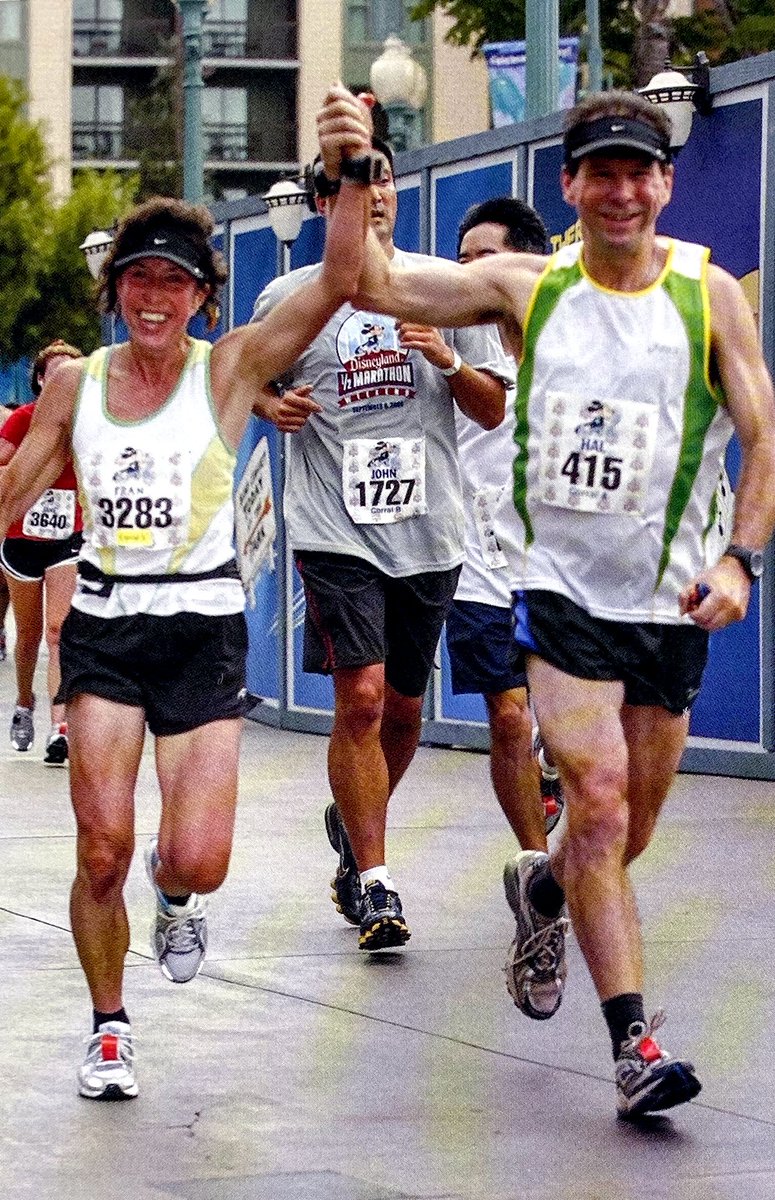

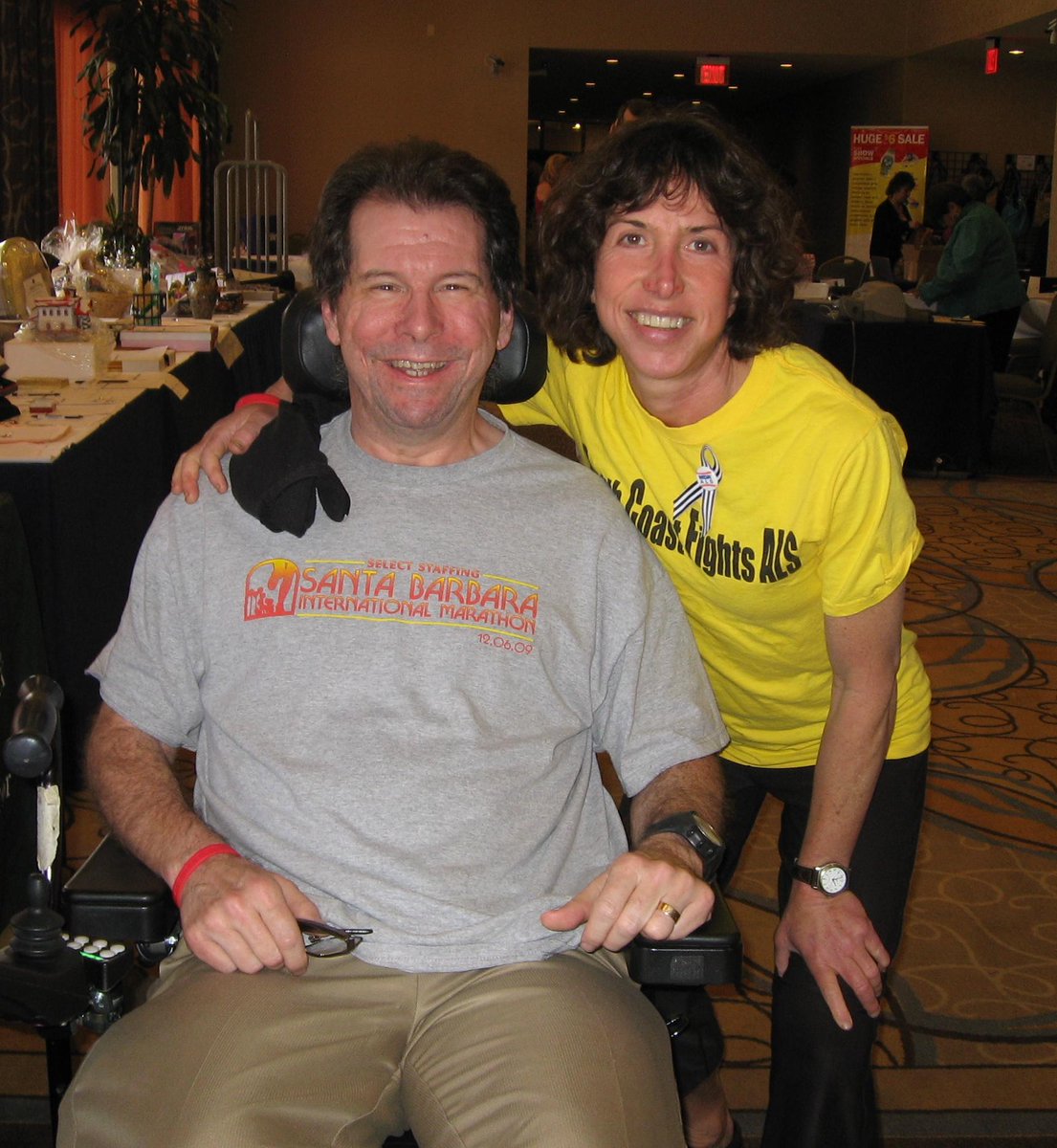
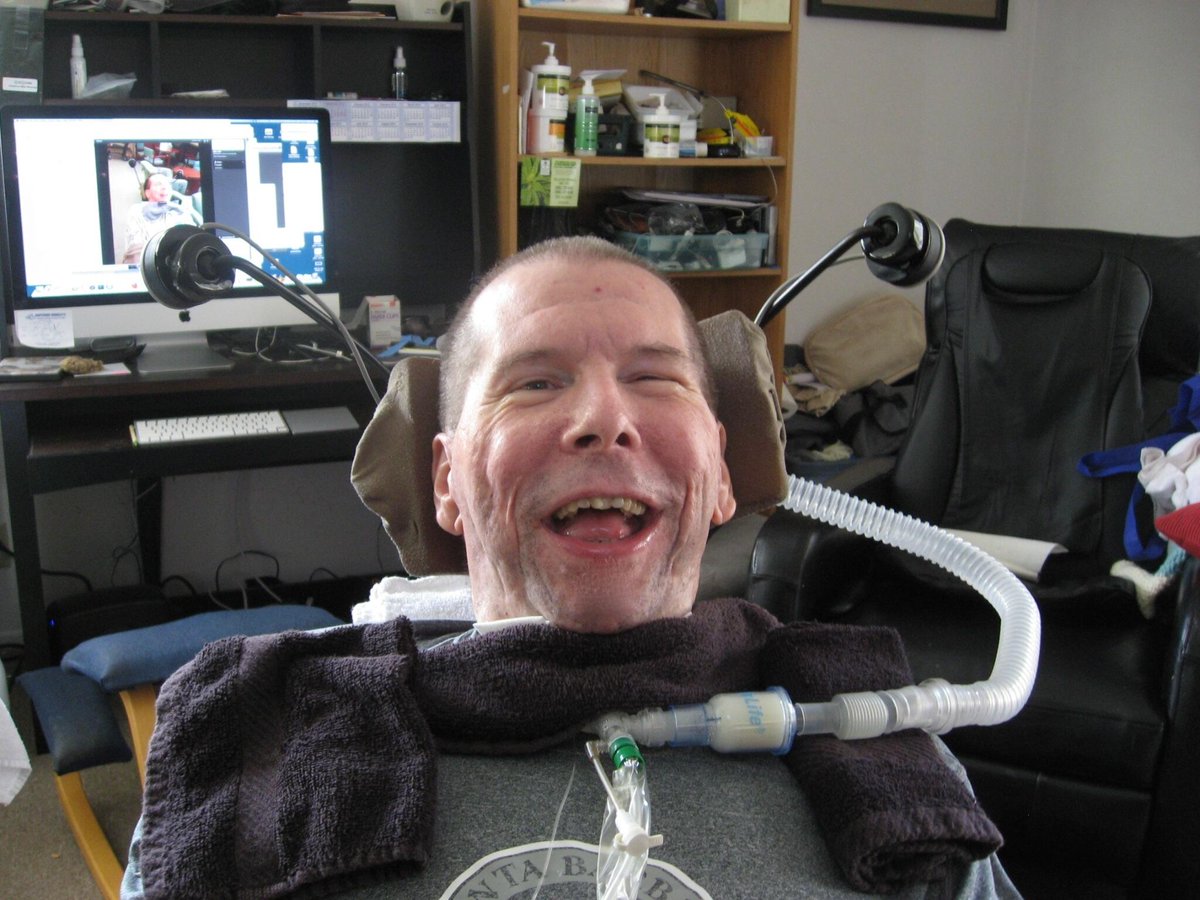
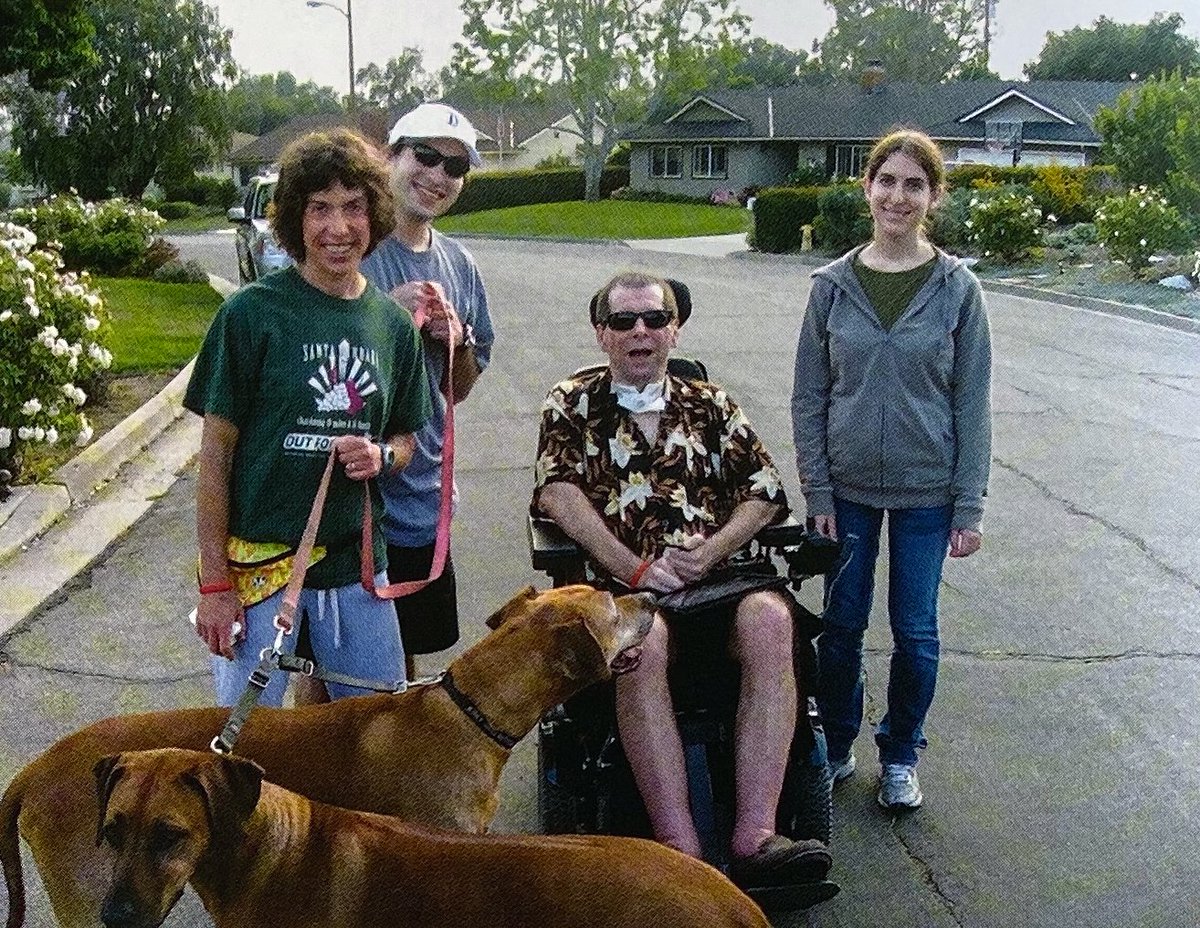
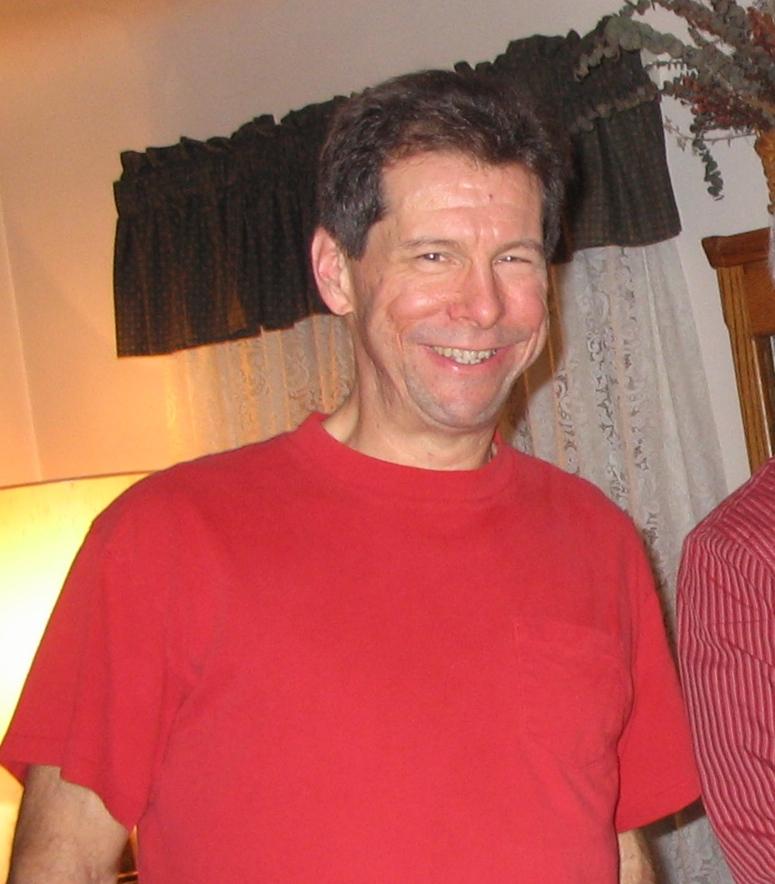
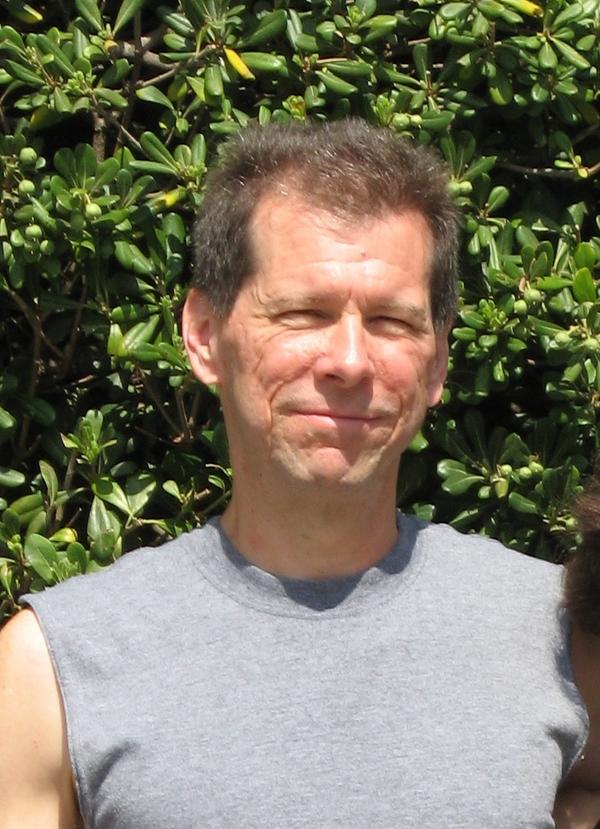 " title="79/ "As Fran puts it so succinctly, & #39;He did not believe in God. he believed in the future.& #39;"And in this moment when Coronavirus is wrecking havoc on our economies, bodies, and society, let& #39;s look to Hal and tap into his eternal source of optimism for the future. #Bitcoin https://abs.twimg.com/hashflags... draggable="false" alt="">" class="img-responsive" style="max-width:100%;"/>
" title="79/ "As Fran puts it so succinctly, & #39;He did not believe in God. he believed in the future.& #39;"And in this moment when Coronavirus is wrecking havoc on our economies, bodies, and society, let& #39;s look to Hal and tap into his eternal source of optimism for the future. #Bitcoin https://abs.twimg.com/hashflags... draggable="false" alt="">" class="img-responsive" style="max-width:100%;"/>


